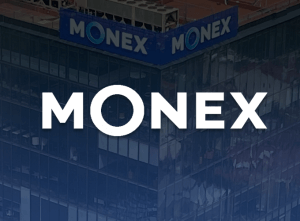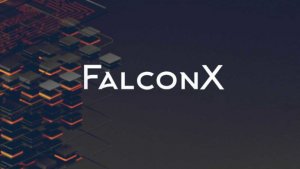How does democratization of trading affect popular investment platforms?
For the last few years, the expert community has been concerned about the simplification and gamification of the trading process. Some brokerages are trying to democratize trading by introducing new services, while others argue against gamification and are focused on diversifying their business with new trading instruments and better server performance.

For the last few years, the expert community has been concerned about the simplification and gamification of the trading process. The industry itself has responded to these changes in several ways, including strengthening regulatory requirements for brokers. Some brokerages are trying to democratize trading by introducing new services, while others argue against gamification and are focused on diversifying their business with new trading instruments and better server performance.
A similar reaction was noticed towards investment systems (now known as PAMM, MAM, and Social Trading) when these were launched in the market a decade ago. These systems have changed the trading industry forever. Nowadays, such systems are not only a common means of attracting new traders but are also independent/self-sufficient services popular among both newcomers and seasoned investors.
However, if we closely look at the users of investment systems, two main groups of traders emerge. These groups are affecting simplification and gamification trends and offer a great contrast in terms of their skills, behaviour, and goals.
Group A consists of traders with little experience: some of them use money management systems to diversify their trading strategies, while others joined the industry after using single-click investment services introduced by banks. The main goal of traders from this group is to get basic knowledge about the platform’s functionality, overcome the lack of trading experience, and make the first profits. In contrast, Group B mostly comprises professional traders who elaborately understand the platforms’ functionalities and use additional services for analysis. These traders aim to optimize the trading process, make it more convenient, and multiply their gains.
As we can see, both A and B groups are interested in setting the trends that accelerate the market, albeit with contrasting intentions. Therefore, to attract them, brokers need to implement completely different functions in their platforms. Let’s take the example of simplification.
For Group A, the simplification of systems is necessary to reduce the number of visual elements and simplify the platform interface for maximum user adoption. Moreover, simplification may include some functional limitations to protect inexperienced traders from using unwelcome, risky strategies. As for Group B, the key advantage of the simplified version of investment systems is the convenience of performing basic actions. This way, using the “lite” interfaces, professional traders can open and close transactions from mobile devices without additional efforts. However, when it comes to in-built analytical tools, the needs are different. While newcomer traders want to learn about simple indicators and graphics, their experienced peers use a third-party’s advanced services to get all desirable data.
Similarly, gamification elements also differ among agents of these two groups. Mostly, traders from Group A are only exploring the trading industry — they are not ready to make large deposits and are often afraid of massive trading volumes. That is why services such as Robinhood appeal to them. The original trading symbols (synthetic symbols) are also a desirable element of gamification for them.
For Group B, gamification usually concentrates on issues of competition and interaction with other traders. Matured traders are interested in features that can highlight their advantages, including experience and profitability. For example, traders’ contests or special badges may prove their skills and attract subscribers or investors.
Despite the significant difference in the desires of the two groups, some crossing points are relevant for all traders — the communities.
Communities go hand in hand with gamification and often make it a viable strategy. Facebook groups or Telegram chats are already widespread practices in the trading industry. Such communication channels not only offer traders useful information but create a feeling of support and belonging to a special group of people with similar interests. Members may socialize and compare their analysis with peers to improve their performance and increase profits. A recent event with Gamestop stocks demonstrates the power of trading communities.
To conclude, it’s clear that massive and influential trends such as simplification and gamification are not straightforward processes. They represent demands of diverse investor categories that may look similar on the surface but are contrasting in nature. The dissimilarity in experience, goals, and trading behaviour of these users often do not allow brokers to simultaneously attract and retain the attention of both groups. When the difference between parts of the same audience becomes clear, brokers can optimize their trading offers according to the interests of a specific group of traders.
Once a broker defines their target audience, the next big project is to find a reliable technology provider who cannot only provide all the required solutions but also offer technical support and trading platform consultations. At Brokeree Solutions, we embedded a feedback loop that allows us to innovate and update our product portfolio before trends come to fruition.









